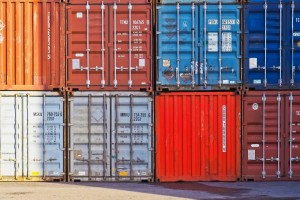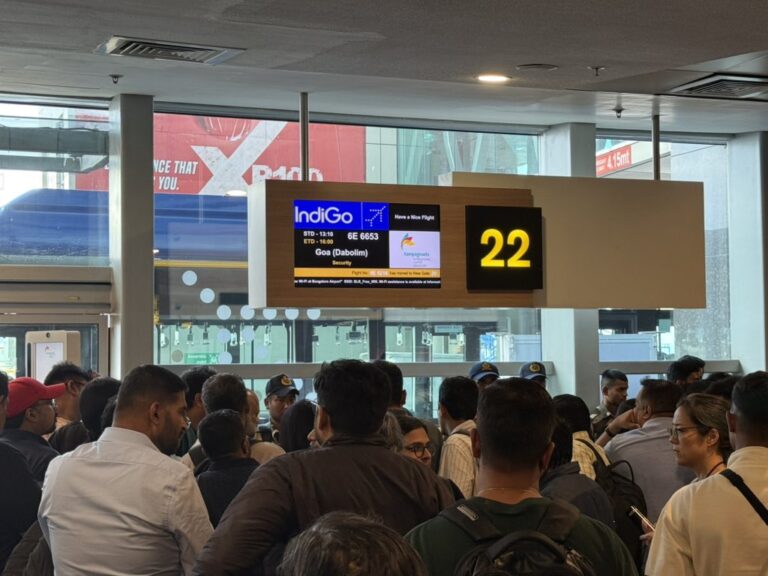
Trade & Development
Pandemic-hit landlocked developing countries’ economies may shrink by 2.4%.

Geneva:The participation of landlocked developing countries (LLDCs) in world trade has been hampered by the COVID-19 pandemic, a new report by the World Trade Organisation (WTO) Secretariat finds. With only 3 years left in the implementation period of the Vienna Programme of Action (VPoA) for the Decade 2014-2024, which recommends actions to be undertaken by LLDCs, transit countries and development partners to support the economic development of LLDCs, the regression the pandemic has brought is a major setback.
A total of 32 countries fall into the LLDC category of which, 17 are Landlocked Least Developed Countries, while 26 are WTO members and six are observers. As a whole, LLDCS represent 1.105 per cent of world trade as of 2019.
The LLDCs face specific challenges to economic development due to remoteness including lack of sea access, distance from international markets, high transit cost amongst others, which also make their exports relatively uncompetitive. The effect of those challenges is more pronounced in the wake of the COVID-19 global pandemic. Border closures and social distancing measures instituted by governments across the world to combat the pandemic have caused a severe reduction in economic activity, the effect of which is likely to have added to challenges already being faced by LLDCs.
To date, LLDCs have implemented 50.7 per cent of all requirements for notifying commitments. A WTO-led survey of trade-related government agencies and private sector partners conducted between March and May 2020 showed that release and clearance of goods and freedom of transit have become more challenging for LLDCs while access to trade-related information has become easier.
According to United Nations Department of Economic and Social Affairs (UNDESA), in 2020, global economy declined by 4.3%. While the share of LLDCs’ merchandise exports increased by 6 per cent between 2015 and 2019, their services exports have declined over the same period by almost 2 per cent and remain very low. LLDCs also present a very low level of diversification of export products LLDCs’ economies are estimated to contract by 2.4%.
LLDCs were net exporters of merchandises between 2011 and 2014 exporting as much as $260 billion in 2014 and importing $257 billion in the same year. 2015 onward saw the trajectory change with LLDCs becoming net importers of merchandise. In 2019, LLDC’s goods trade deficit was $41 billion, a 35% increase from 2018.

As of April 2020, LLDC exports were 40% lower than in April 2019, which is almost twice the COVID-19 induced decline for world exports. As the world trade recovered towards the end of 2020, LLDC exports continue to decline by as much as 8% while global exports grew by 7%.
The COVID-19 pandemic poses unforeseen challenges to the multilateral trading system, according to the report. It says, “LLDCs are especially vulnerable to the pandemic’s negative effects as they possess relatively weak health and social safety nets, and struggle to mobilize needed resources to address the pandemic and fund a strong and inclusive economic recovery. It is equally concerning that, given the high number of people employed in the informal sector of LLDC economies, COVID-19 containment measures will have a greater economic impact on the population.”
The report says that consequently, there must be an intensification of efforts from all stakeholders to recover and achieve meaningful progress by 2024. It points to the importance of increasing LLDCs’ global share of exports to boost revenue from trade and to help fulfill the United Nations SDG target 17.11, which aims to significantly increase least-developed countries’ share of global exports. One way of achieving this is to further lower tariffs for LLDCs’ exports to developed nations and generalize duty-free market access, the report suggests.
“The rationale is that lower tariffs would boost exports thereby increasing much needed revenue. Unfortunately, between 2011 and 2019, tariffs faced by LLDCs exports in developed regions have increased by 0.2%. Even more troubling when compared with tariffs faced by the larger developing regions that saw an increase of just 0.1% over the same period,” the report notes.
Submitted to the United Nations Office of the High Representative for the Least Developed Countries, Landlocked Developing Countries and Small Island Developing States (UN-OHRLLS), the report, which assesses progress on the actions regarding multilateral trade recommended by the Vienna Programme of Action for LLDCs for 2014-2024, also highlights the importance of fully implementing the WTO’s Trade Facilitation Agreement (TFA) to advance LLDCs’ integration into the multilateral trading system. The report also explores the role of the WTO-led Aid for Trade initiative in helping LLDCs build the trade infrastructure necessary to complement efforts on trade facilitation. The report lays out how the Aid-for-Trade Stocktaking event held from March 23 to 25, 2021 helped to address the concerns of LLDCs. The Aid-for-Trade Stocktaking Event aimed to survey the trade impacts of the COVID-19 pandemic and make the case for the mobilization of Aid-for-Trade financing to support recovery and foster resilience.
– global bihari bureau





